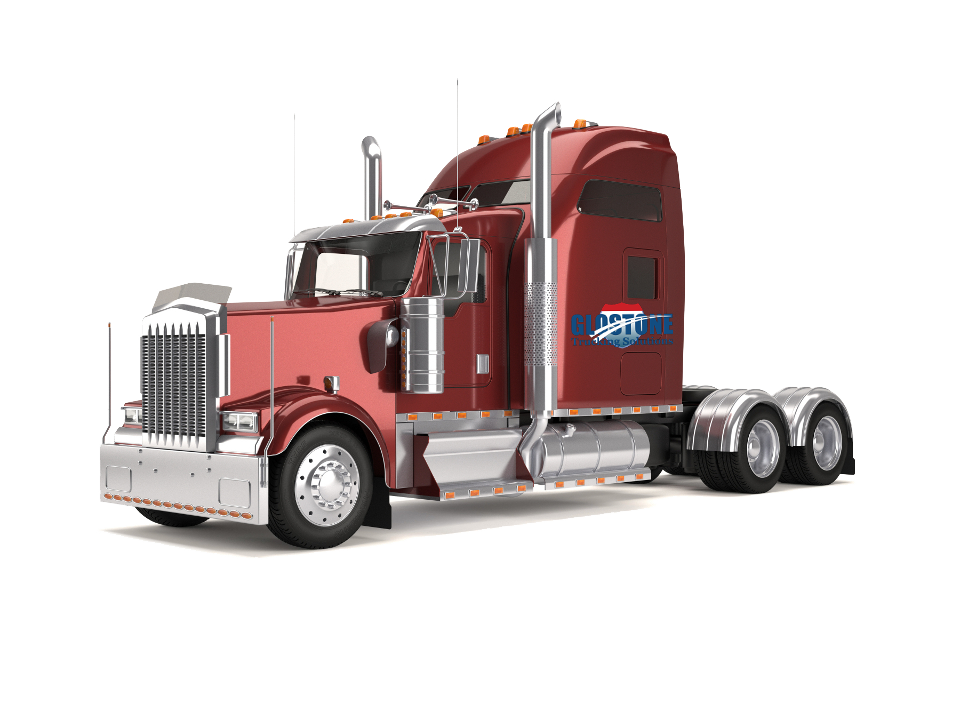November 2015 Newsletter
posted in Newsletter by Brian Gray
FMCSA’s Unified Registration System Delayed
Dave Gray, President Glostone Trucking Solutions
The FMCSA’s long awaited Unified Registration System (URS) was scheduled for an October 2015, implementation but has been delayed. The new scheduled launch will be a phased process with the first phase implemented December 12, 2015 and the final
phase implemented on September 30, 2016.


Other changes will require all new and existing private HazMat and exempt-for-hire carriers to have proof of insurance on file with the FMCSA. In addition, all new and existing private and exempt-for-hire carriers will need to have proof of Process Agents on file with the FMCSA. Both of these requirements remain mandatory for all “for hire” carriers.
Read the rest of the article at our website here.
Log Book Mastery Course Offered
Hours of service rules have been the irritant of driver and manager alike for as long as anyone can remember. Log book violations are the number one reason drivers are placed out of service. Logbook violations are also among the easiest violations for an auditor to find during a safety review. If your company fails in this area the best safety rating you will get is a Conditional.
In affiliation with Standard and Best of Oregon, our Log Book Mastery class will show you how to better understand and self-regulate:
- Hours of Service rules: 11-14, 60/7, & 70/8 rules
- Split-sleeper & combined off-duty options
- How to check for falsified logs
- Effective discipline programs
- 34 Hour Restart
- 30 minute Rest Break
The class will be held November 19th, 8:30 am to 4:30 pm at our Glostone Clackamas Learning Center, hosted by Skip Nash. Tuition of $199 includes all workshop materials, catered lunch and a certificate of completion. Register online here.
Pitfalls of Applying Common Sense To Managing Your DOT Drug and Alcohol Program- Part 1
DOT focuses on the rules, not what you think is common sense
Most of us would probably agree that there can be a difference between a substance abuser and someone who failed to follow substance abuse testing rules, unknowingly or otherwise. In the eyes of the DOT, they are one in the same. Because you operate regulated trucks, make sure you don’t allow what you may think is common sense in running your business to dissuade you from following the DOT testing rules.

For a drug and alcohol testing program to be truly effective at detecting substance abuse in the work force, testing must be at random and done with very little notice. The DOT rule requiring drivers to report immediately to a testing center the moment they are notified is in place to accomplish an effective program. Reporting immediately upon notification means exactly that. The driver is required to go now. Not in a couple of hours. Not after work today, or tomorrow, or next week or next month, he must go immediately.
The reason for the urgency is that drugs and especially alcohol don’t stay in your system very long. If an alcohol abuser is allowed to wait even 4 hours after being notified, there is a strong possibility the random test won’t detect the abuse. With drug use, the time frame is a little longer but not much. Allowing time to lapse between notification and showing up for the test provides the abuser a way to escape detection and thus, the DOT rules don’t allow it.
Some companies and especially owner operators often fall into the trap of applying what they feel is common sense when responding to a notification for testing. For companies, while a DER has some discretion about when to tell a driver that they have been chosen for random testing, so as not to significantly interrupt daily business operations, the DER does not have the ability to delay or set the driver to some other task once they have informed the driver. Once informed, the driver must immediately and intentionally proceed towards the testing facility.
For an owner-operator, as soon as they are informed by their TPA that they have been chosen for drug testing, they must also immediately and intentionally proceed towards the testing facility. But what does being “informed” mean? Informed in this circumstance means that the driver has read the testing notification letter from their TPA and has called their TPA to set up an authorization for the test. The owner-operator may receive a letter and delay opening it because they might correctly guess the letter is a notification to test. However, a good TPA will notate when notifications to test have been mailed out, when reminder calls have been made, and who responded to those notifications setting up authorizations. If that owner-operator gets into a DOT audit and the auditor finds the owner-operator didn’t communicate with their TPA, the owner-operator will be in great risk of being put out-of-service and having their safety rating downgraded to a “conditional” or “unsatisfactory” status.
When the DOT discovers that a driver was notified but did not immediately report for testing, they have no way of determining if the delay was because the driver was trying to avoid detection. Because they can’t make that determination, the rules state that they must invalidate the test and consider it a refusal to test. By DOT rule, a refusal to test is treated in the same manner as a positive test where the driver must report to a substance abuse professional for diagnosis, treatment, if any, and extensive follow up testing.
We all agree that the substance abusers need to be caught but don’t let your lack of knowledge or a misguided common sense approach to testing allow you or your drivers to be caught up in the same net. Avoid the pitfalls. Know and follow the rules. We are here to help.
Want to Start an Owner Operator Trucking Business?
Here’s what you need to know…


- Are you willing to put in the very long hours behind the wheel that are necessary for success?
- Can you deal with the many aspects of running an owner operator trucking business?
- Do you have the credit needed to finance your own big rig or explore the lease-to-own options?
- Do you have basic computer skills?
Company drivers rarely have to deal with aspects of the business such as finding clients, handling repairs, billing customers, or managing other people. Yet all those duties are part of an average day when you run your own owner operator company. You will need more than just driving skills, you will need business savvy, financial responsibility, and, the right trucking software. An owner operator must think about fuel and road tax, licenses and permits, accounting, keeping track of you and your other driver’s miles, and so much more.
But there are businesses out there, like Glostone Trucking Solutions, which want to help you manage the business side so you can focus on driving. These companies may include helping owner operators find loads, keep the driver and business compliant, handle various reporting, and more. Turn to these companies to help you get started on the right foot and keep you on the right path for your business.
Once you have done the research or explored what it means to be an owner operator, the only step from here is to get your business ready to go. Below are eight steps to get you started:






